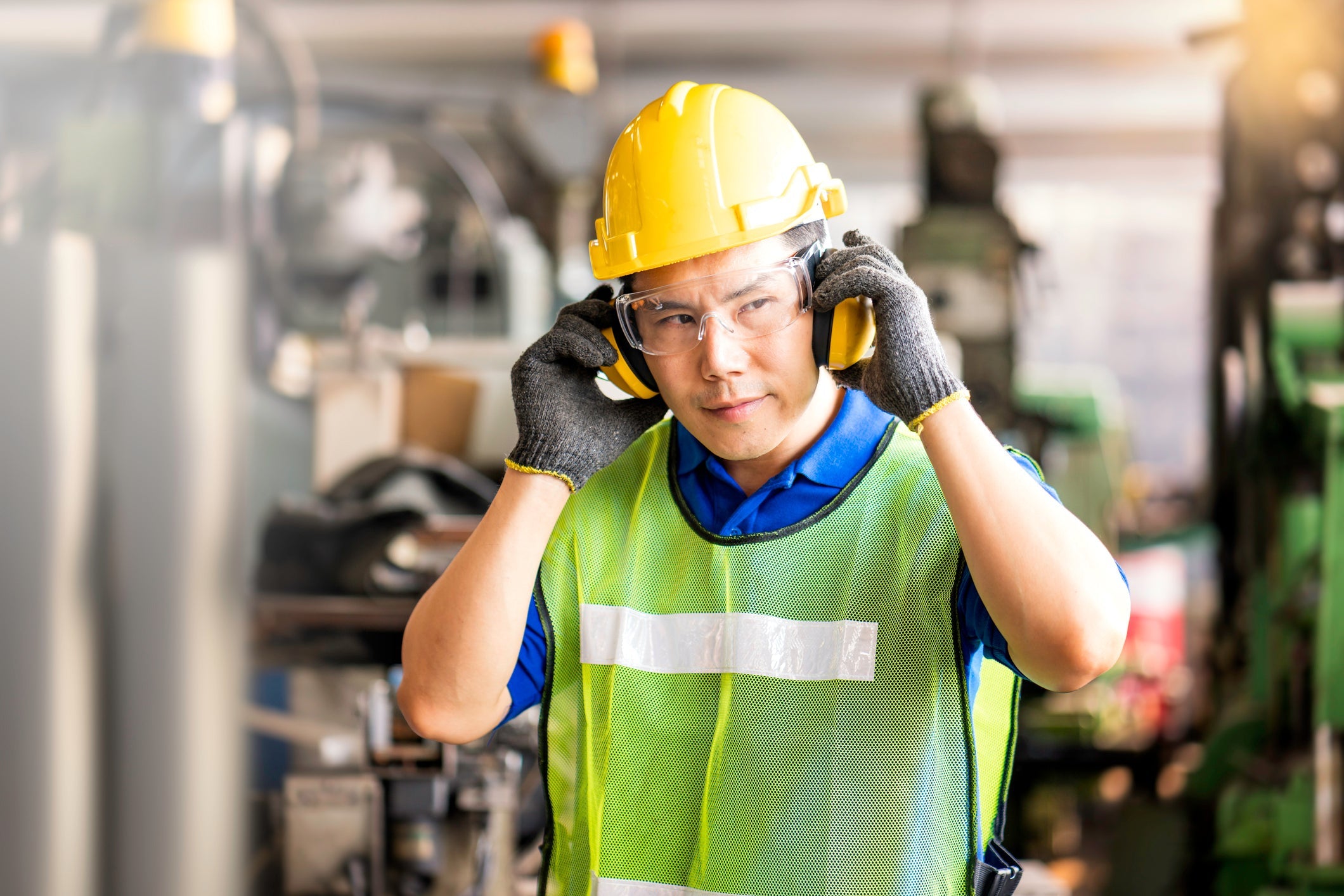Noise is a common feature in many workplaces, particularly so in work environments such as construction sites, manufacturing plants, airports, and heavy machinery operations. However, prolonged exposure to high levels of noise can damage the delicate structures of the inner ear, leading to permanent hearing loss.
According to the National Institute for Occupational Safety and Health (NIOSH), approximately 22 million workers in the United States are exposed to hazardous noise levels at work, making NIHL one of the most prevalent work-related injuries.
One of the most effective ways to prevent NIHL is by using proper hearing protection in loud workspaces. This article takes a look at some of the key reasons why hearing protection is essential:
Protects Against Noise-Induced Hearing Loss
Perhaps the most crucial reason for wearing hearing protection in noisy workspaces is preventing the risk of developing NIHL. Noise-induced hearing loss is a permanent type of hearing loss that occurs when the delicate hair cells in the inner ear are damaged by excessive noise exposure.
Prolonged exposure to noise levels above 85 dB can cause irreversible damage to the hearing, leading to hearing loss that cannot be reversed. Wearing appropriate hearing protection, such as earplugs or earmuffs, can significantly reduce the risk of developing NIHL and protect workers' hearing health in the long term.
Prevents Communication and Safety Hazards
Effective communication is crucial in many work environments to ensure coordination, teamwork, and safety. However, excessive noise levels can impair communication among workers, leading to misunderstandings and mistakes that can result in accidents or injuries.
Wearing proper hearing protection can help workers communicate more effectively by reducing the impact of background noise, allowing them to hear instructions, warnings, and alerts clearly. This can prevent communication breakdowns and potential safety hazards, ensuring a safer work environment for all.
Minimizes the Risk of Developing Tinnitus
Tinnitus is a condition that manifests a persistent buzzing, ringing, or hissing sound in the ears. It can be caused or exacerbated by exposure to loud noise. Tinnitus can be extremely bothersome and affect a worker's ability to concentrate and perform tasks. By wearing hearing protection in loud workspaces, workers can significantly reduce the risk of developing tinnitus and protect their auditory health.
Reduces the Risk of Occupational Accidents and Injuries
In addition to the aforementioned benefits, wearing hearing protection can also reduce the risk of occupational accidents and injuries. In noisy work environments, where workers may need to operate heavy machinery, vehicles, or tools, the ability to hear audible warning signals or communication from coworkers is crucial for safety. Wearing hearing protection can ensure that workers are able to hear these warning signals clearly, reducing the risk of accidents, injuries, and near misses in the workplace.
Supports Good Health and Well-Being
Working in a loud environment for extended periods can cause various health issues, including stress, fatigue, irritability, and difficulty concentrating. The constant exposure to loud noise can disrupt sleep patterns, increase stress levels, and lead to overall decreased well-being. By using hearing protection, workers can create a barrier against excessive noise, resulting in a healthier work environment. Reduced stress and fatigue levels can lead to improved productivity, better job satisfaction, and overall better physical and mental health.
Ensures Compliance with Occupational Safety and Health Administration (OSHA) Regulations
OSHA mandates that employers provide suitable hearing protection to workers exposed to noise levels at or above 85 decibels (dB) for an 8-hour time-weighted average. This requirement is designed to prevent noise-induced hearing loss (NIHL) and protect workers' hearing health. Failure to comply with these regulations can result in penalties and fines for employers. By wearing proper hearing protection, workers and employers can meet these regulatory requirements and create a safer work environment.
Reasons to wear hearing protection in load work spaces

